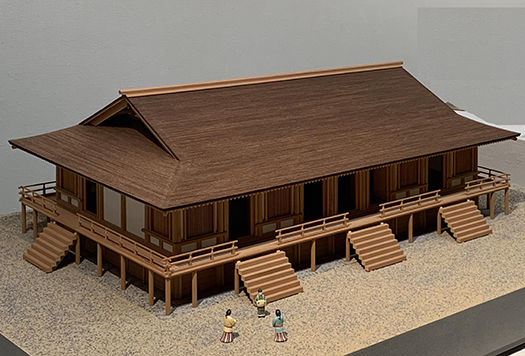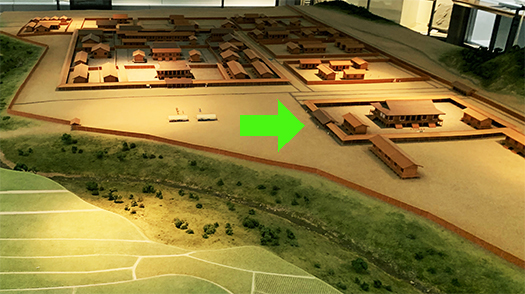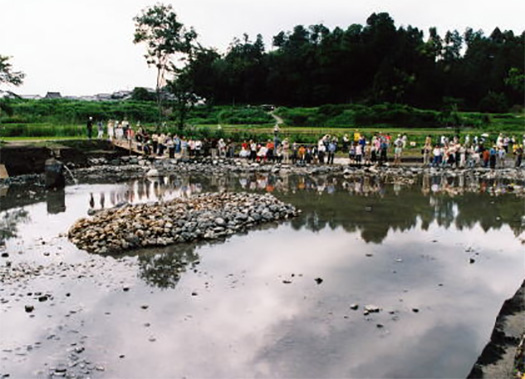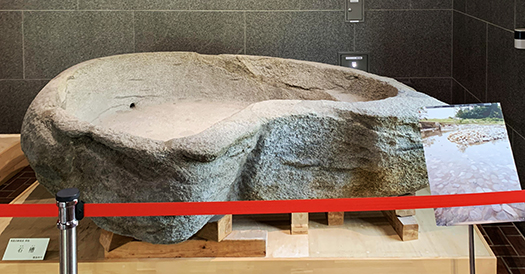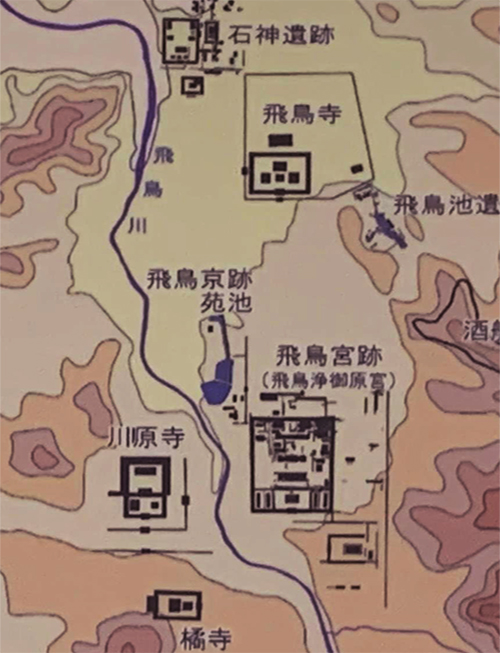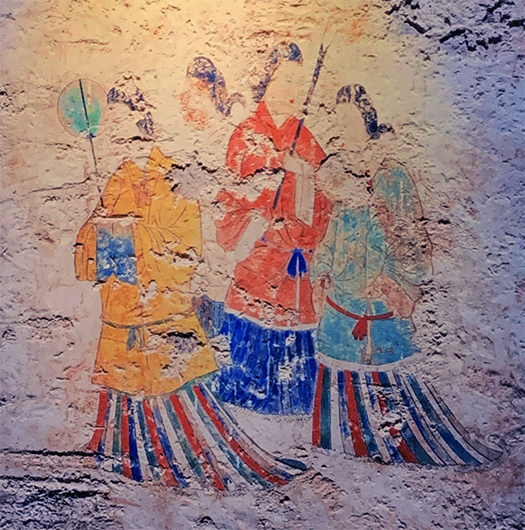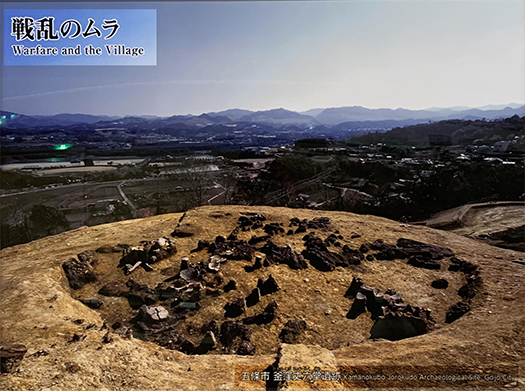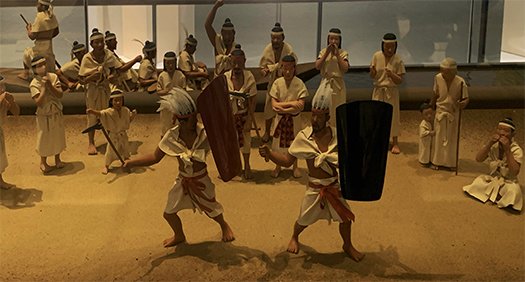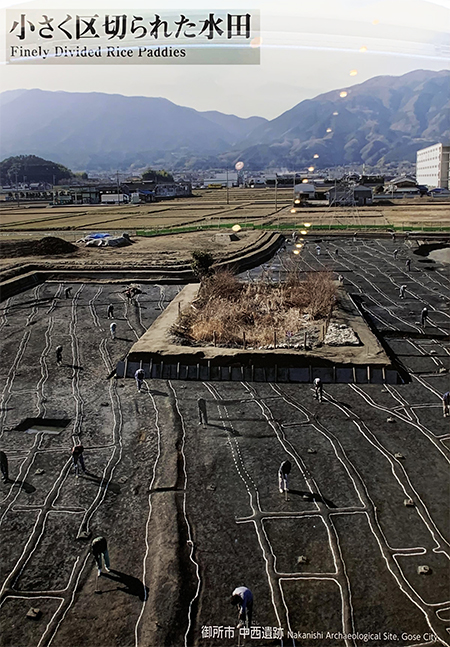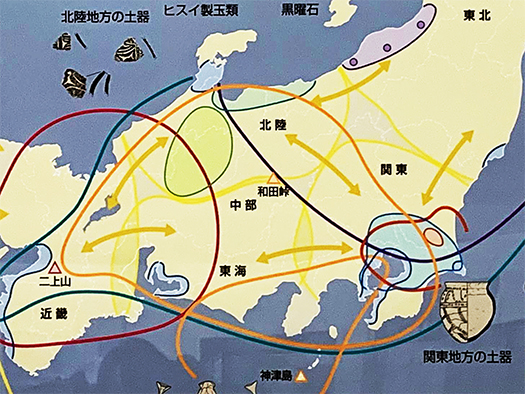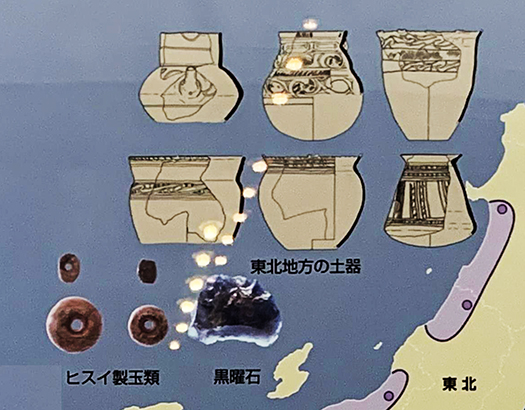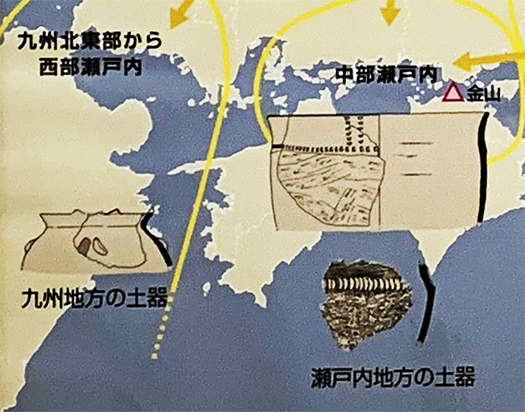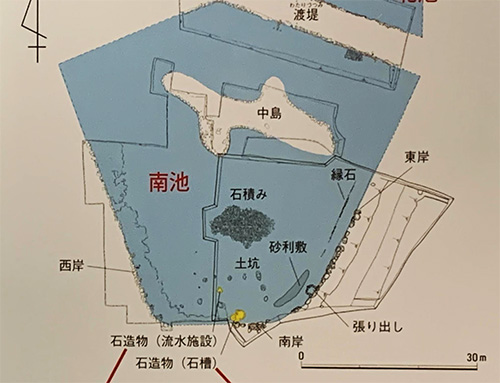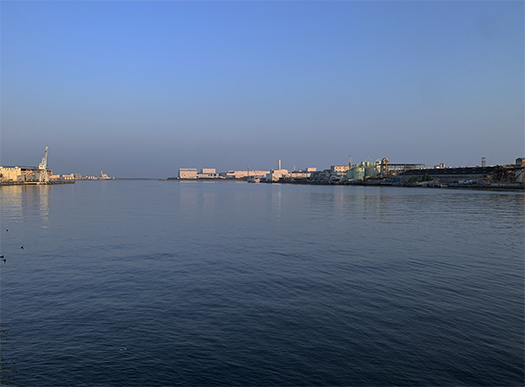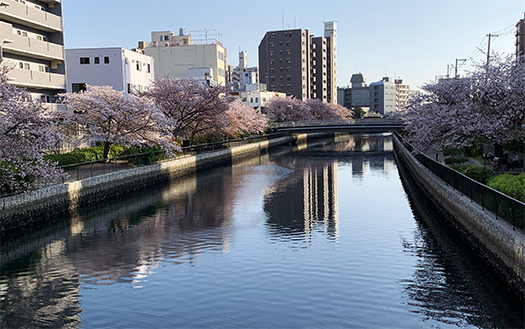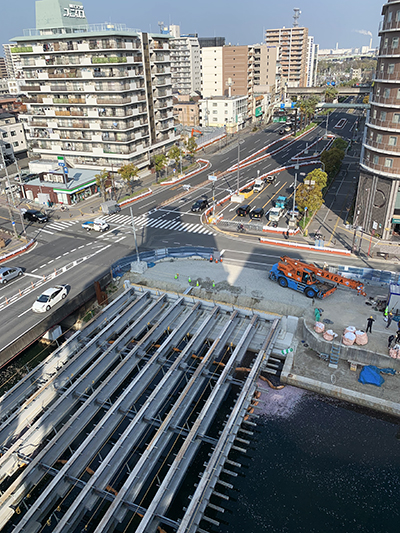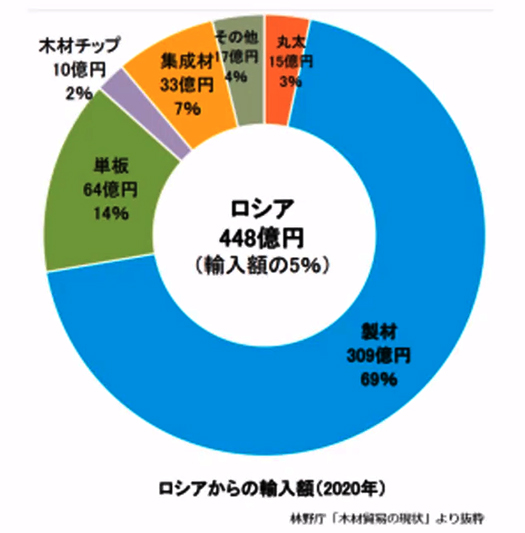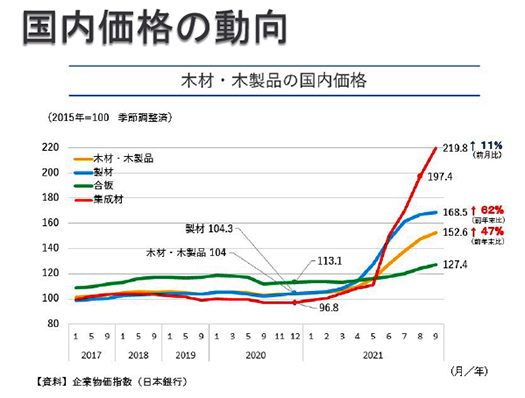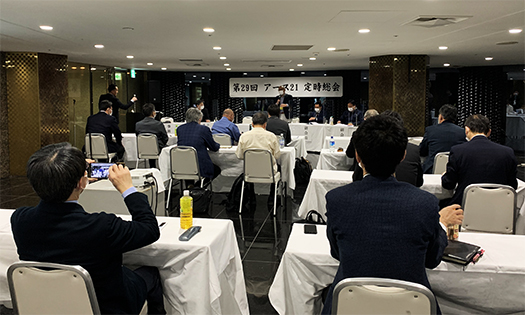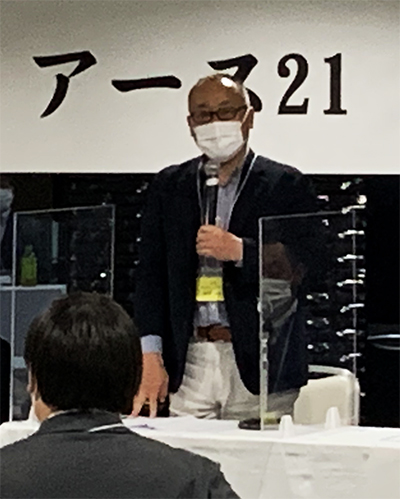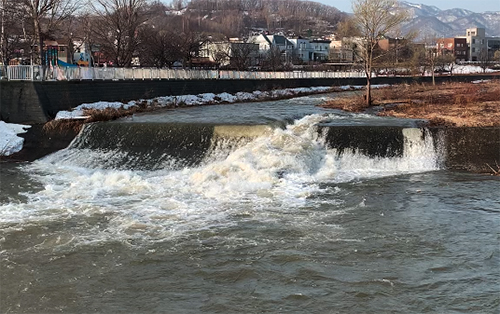
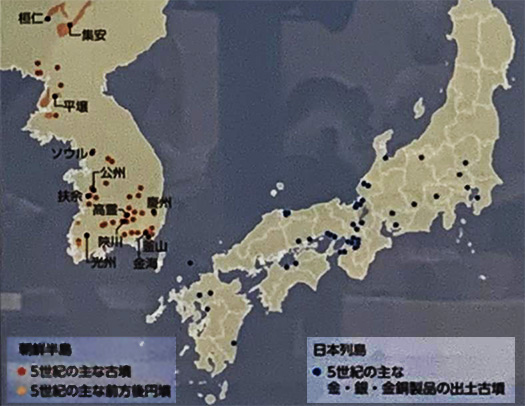
飛鳥板蓋宮、浄御原宮の時代というのは文字記録が少ない。
聖徳太子の摂政としての治政時代ころになって仏教導入も積極化。
大阪四天王寺・法隆寺の建立など東アジア世界での政治・文化交流が活性化。
国際関係というものが徐々に喫緊の課題になっていった。
それは中国大陸の「易姓革命」政治動乱によって歴代有数の強権国家・唐が成立。
周辺に大きな脅威となっていったことが刺激になったものと思える。
それまでの「大王権力」によるゆるやかな「日本的」統治権力構造が
強い外圧に直面して、よりハードな国家権力形態を志向させたと思う。
唐が導入した国家権力機構の「律令体制」を導入するとともに
その権力機能を「天皇号」としてより中央集権制を高めたのだと思える。
壬申の乱によって権力を掌握した天武天皇はそれまでの「倭国」を
日本という国号に改め、中国皇帝権力ひいては東アジア世界に承認させている。
この外交は、先人たちの大きな知恵の産物だったように思います。
よく中華皇帝が「日のいずる国」という国家名を認めたと思う。
聖徳太子段階でこの自己表現で対手「日沈む国」の帝に外交国書を出している。
中国皇帝が怒ったという記述はあるけれど結局は承認している。
「むむむ、日沈むとは無礼千万ではないか、われは中華皇帝なるぞ」
「いやそれは単に事実としての地理位置関係を示したものに過ぎませんよ」
尊大極まる中国皇帝体制相手に複雑精緻な外交努力があったに違いない。
そして図表は橿原考古博物館展示パネルからですが、
よく言われるように朝鮮半島地域には多数の「古墳」遺跡が存在する。
日本国内では農業と武器生産の最重要資源である鉄鉱石の産出が
ある時期までなかったことで、朝鮮半島地域での「権益」が広範に存在した。
中国との外交で繰り返し日本がその権益を主張し承認させようと努力したのは
そういった事情がもっとも重大だったのでしょう。
したがって朝鮮半島の諸国家・新羅と百済との対立では
百済が日本側の権益を象徴する存在だったということなのでしょう。
古墳の分布にはそのような関係性が表現されていると思える。
このあたりは現代での国際的歴史学論議でも日韓対立のネタになるという。
近いと言うことは外交として難しい問題にもなる事例といえる。
聞くところでは韓国内では古墳が古い時代の日本との関係を象徴するとして
破却するような動きもあるのだと側聞する。悩ましい問題。

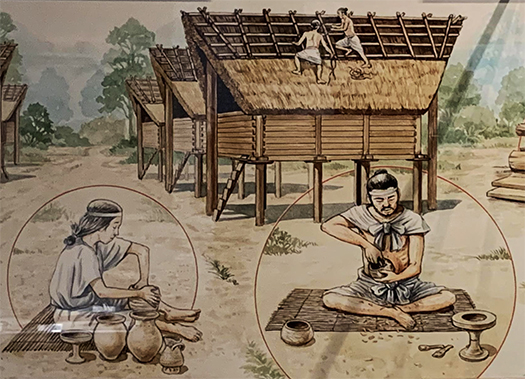
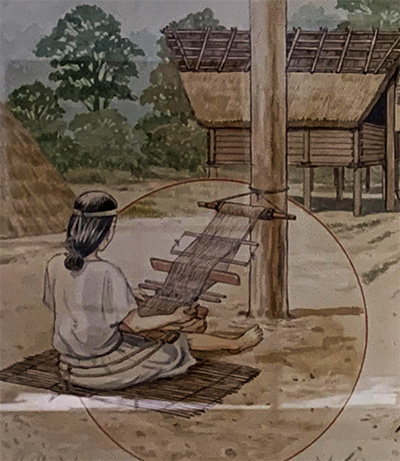
一方で民人の暮らしようも、向上する生産力を反映して
地域間交易の拡大が旺盛に盛り上がっていって
その事情から集住する商業的実質の発展、「都市建設」があったのでしょう。
飛鳥宮という「首都機能」での交易の側面の進化発展があったことは疑いない。
たぶんこうした事情からやがて飛鳥の「狭さ」が問題になっていって
その根本的解決として計画的都市建設、平城京段階に移行した。
政治軍事的事情よりも交易の拡大、経済規模の拡大が
こうした首都移転を必然化させたのだろうと思います。
English version⬇
International Relations and Life in the Asuka Palace Period: Exploring Asuka, Nara – 7
International relations” diplomacy began in parallel with social development and economic expansion. The beginning of troublesome international relations among neighboring East Asian countries. The beginning of troublesome international relations among East Asian neighbors.
There are few written records of the Asuka Itabatamiya and Jomihara Palace periods.
Around the time of Prince Shotoku’s regency, Buddhism was actively introduced.
Political and cultural exchanges in East Asia were revitalized with the construction of Shitennoji Temple and Horyuji Temple in Osaka.
International relations gradually became an urgent issue.
The political upheaval of the “Yi Surname Revolution” on the Chinese mainland led to the establishment of the Tang Dynasty, one of the most powerful states of all time, which posed a major threat to the surrounding region.
This was probably stimulated by the fact that the Tang Dynasty, one of the most powerful states of all time, had become a major threat to its neighbors.
The loose “Japanese-style” governing power structure based on the “great king’s power” that had been in place up to that time
In the face of strong external pressure, I believe that the Tang Dynasty was forced to adopt a more rigid form of state power.
The “Ritsuryo system” of state power structure introduced by the Tang Dynasty was introduced.
The “Ritsuryo system” of state power structure introduced by the Tang Dynasty was introduced, and its power function was made more centralized as the “Emperor-Governor”.
Emperor Temmu, who seized power through the Jinshin Rebellion, changed the name of his country, “Japan,” from “Wa-koku” to “Japa-no-kuni.
Japan” and had it recognized by the power of the Chinese emperor and by extension, the East Asian world.
This diplomacy seems to have been a product of the great wisdom of his predecessors.
I often think that the Chinese emperor recognized the name of the nation as “Land of the Rising Sun.
At the Prince Shotoku stage, this self-expression was used to issue a diplomatic state letter to the emperor of his counterpart “Land of the Setting Sun”.
Although there is a description of the Chinese emperor’s anger, in the end he approved of it.
The Emperor of China is the one who is the Emperor of China.
No, that is merely a factual geographical location.
There must have been a complex and elaborate diplomatic effort to deal with the extremely pompous Chinese imperial regime.
And here is a chart from an exhibit panel at the Archaeological Museum of Kashihara
As is often said, there are numerous “kofun” sites in the Korean peninsula area.
In Japan, the production of iron ore, the most important resource for agriculture and weapons production
Japan’s “interests” in the Korean Peninsula were extensive due to the fact that it did not produce iron ore, the most important resource for agriculture and weapons production, until a certain period of time.
Japan’s repeated efforts to assert and gain recognition of its interests in the region in its diplomatic relations with China
Such circumstances were probably the most critical.
Thus, in the conflict between the Korean states of Silla and Baekje
Baekje probably represented the interests of Japan.
The distribution of kofun tumuli seems to express such a relationship.
This area is said to be a source of conflict between Japan and Korea even in international historiographical discussions in modern times.
This is an example of how proximity can be a difficult diplomatic issue.
Some people in South Korea have begun to dismiss kofun tombs as symbolic of Japan’s relationship with Korea in the olden days.
I have heard that there is a movement in Korea to destroy the tombs because they symbolize the relationship with Japan in the old days. This is a troubling issue.
Meanwhile, the way of life of the people also reflected their increasing productivity
The expansion of inter-regional trade was vigorously growing.
This situation may have led to the development of commercial substance and “city building” in which people gathered and settled.
There is no doubt that there was an evolution and development of the aspect of trade in the “capital function” of Asuka Palace.
Probably because of these circumstances, Asuka’s “smallness” eventually became a problem.
As a fundamental solution to this problem, the planned construction of the city shifted to the Heijo-kyo stage.
The expansion of trade and economic scale, rather than political and military circumstances, made the relocation of the capital
I think that the expansion of trade and economic scale, rather than political and military circumstances, made the relocation of the capital inevitable.
Posted on 4月 22nd, 2022 by 三木 奎吾
Filed under: 住宅マーケティング, 日本社会・文化研究 | No Comments »


